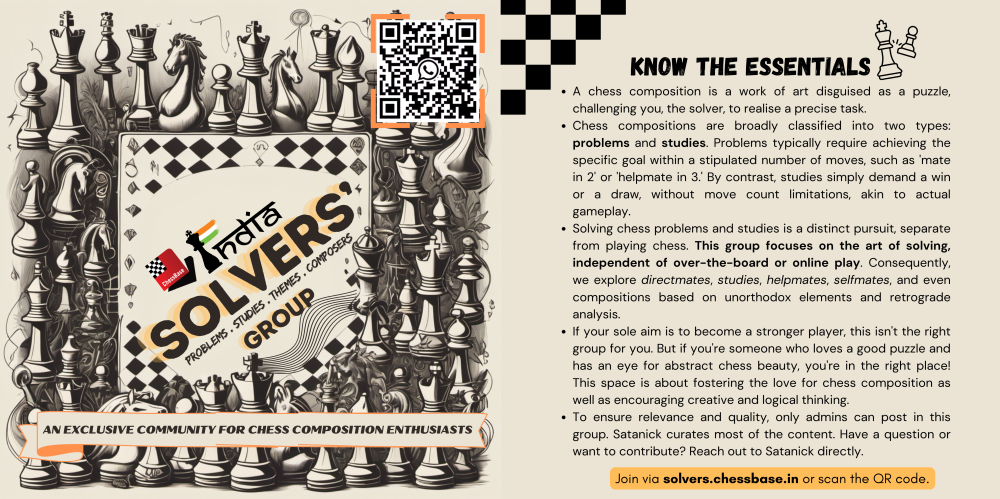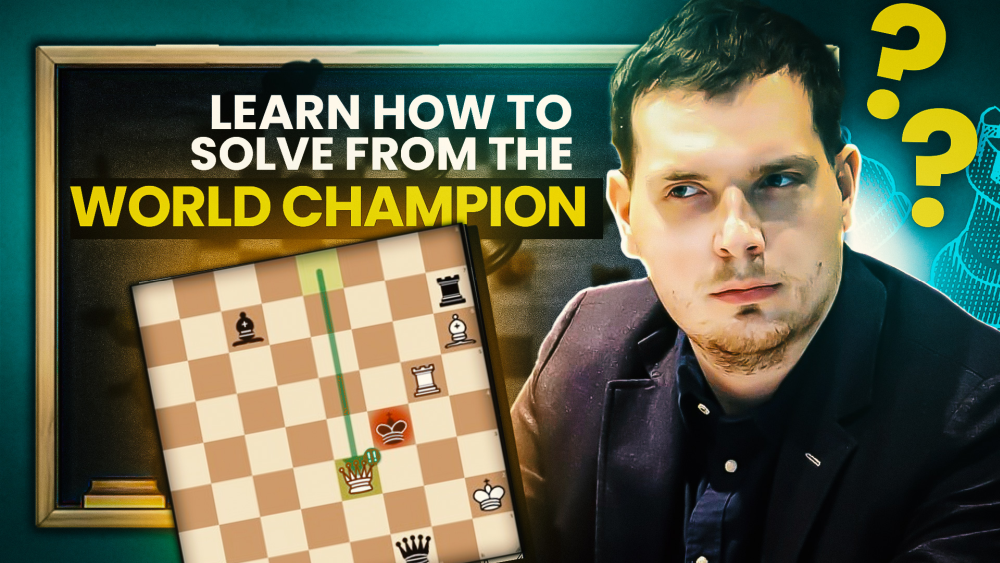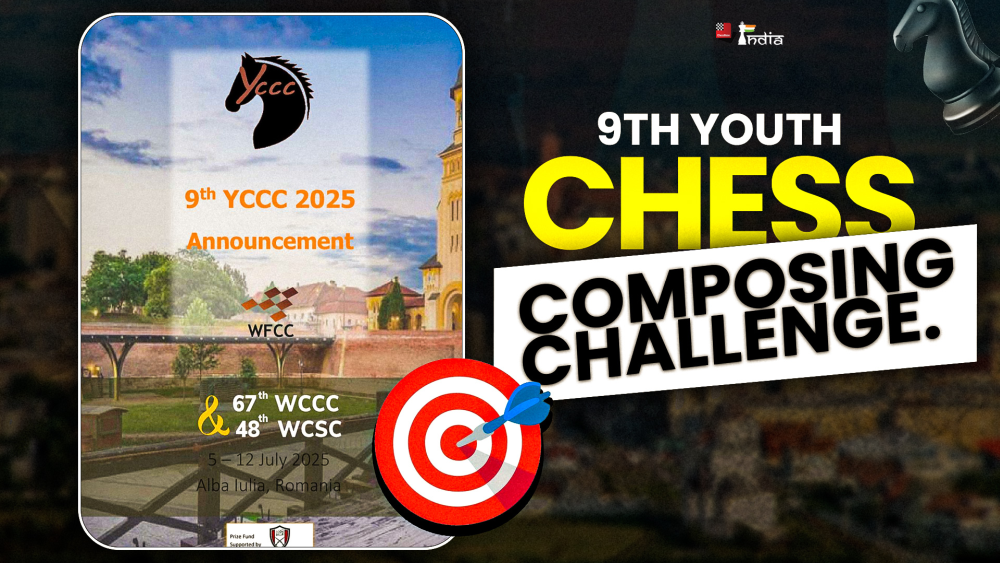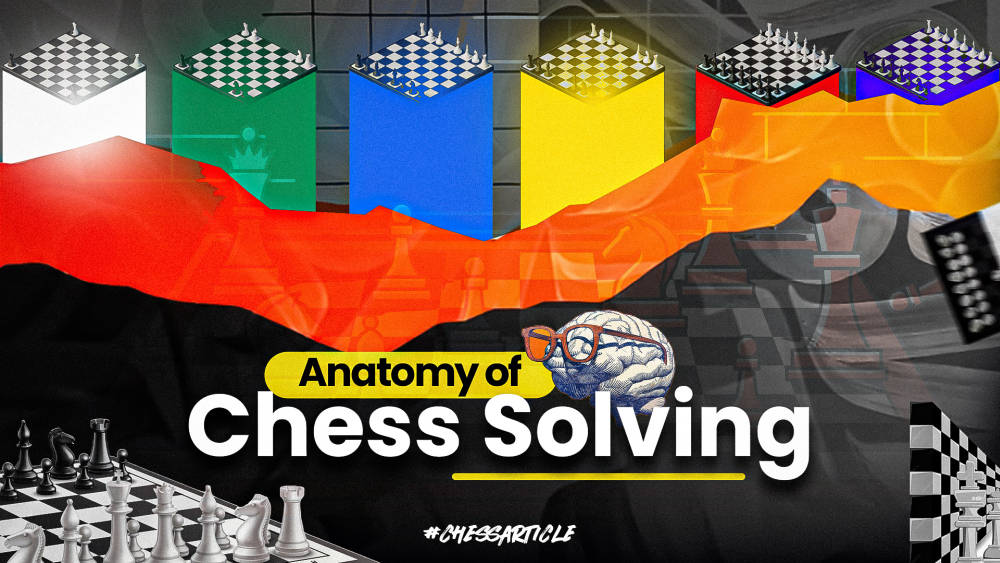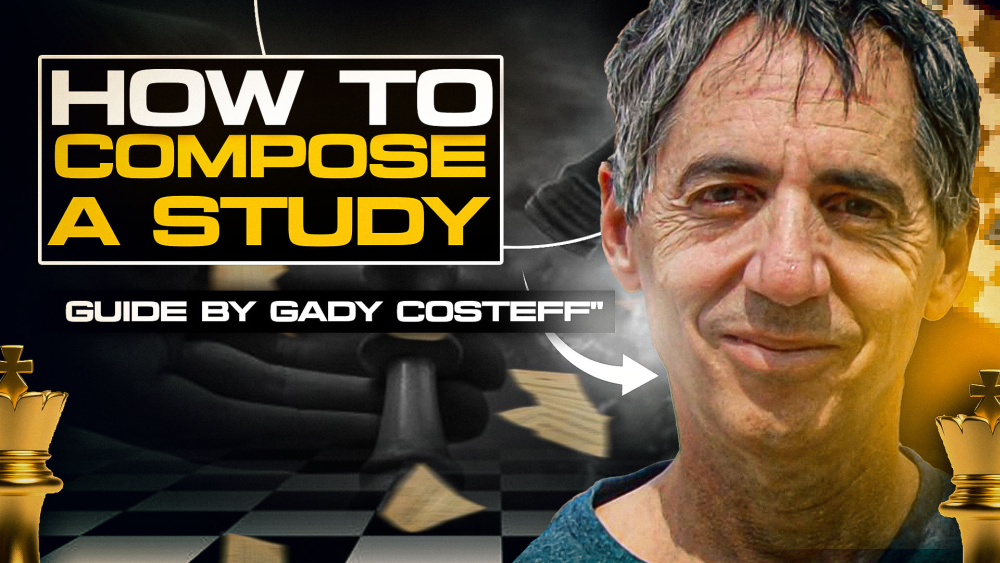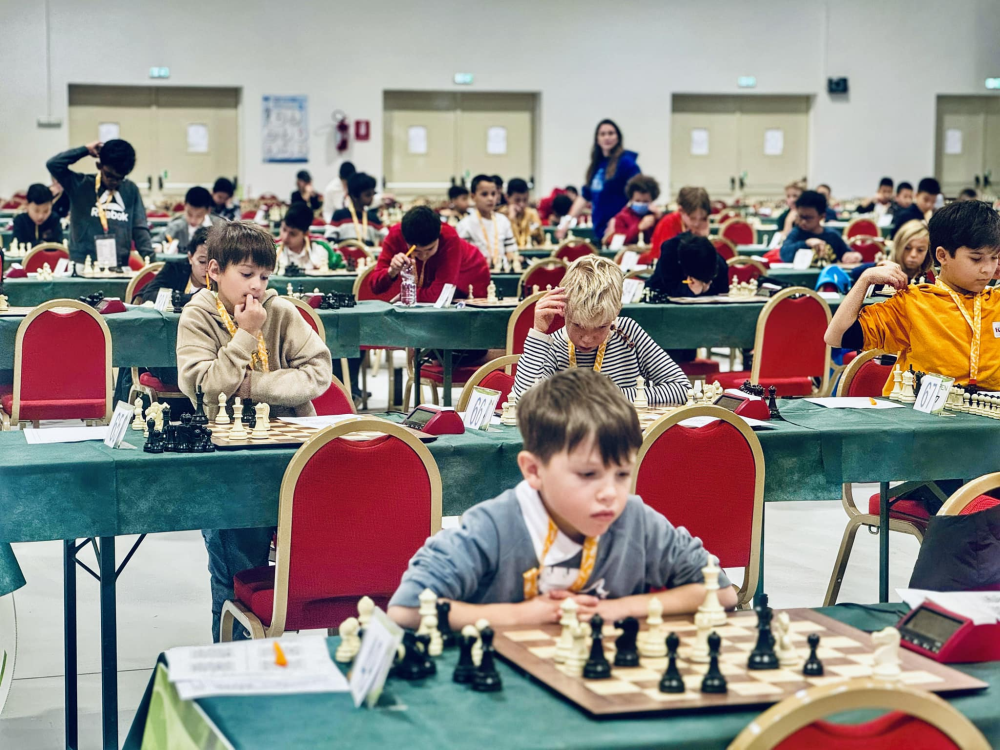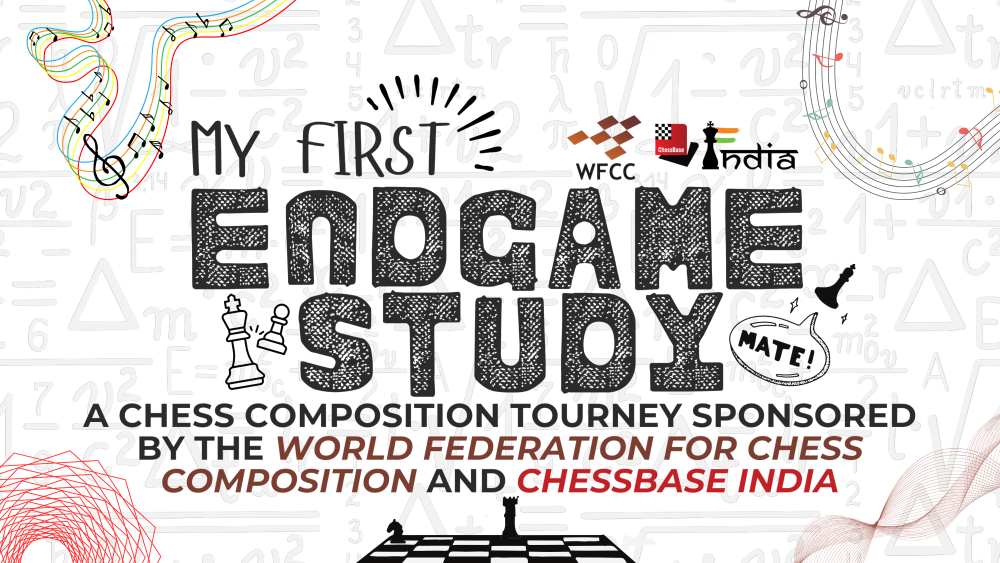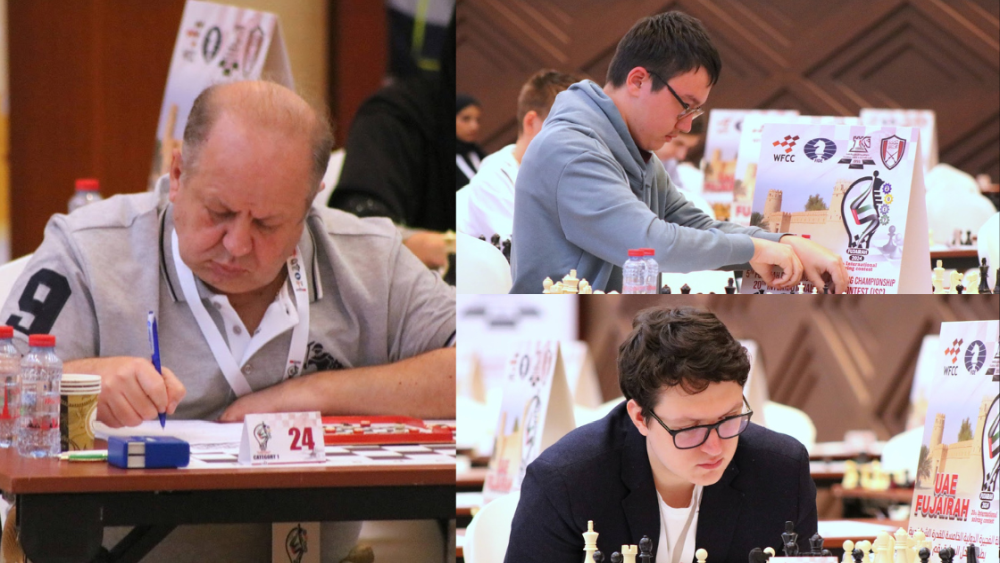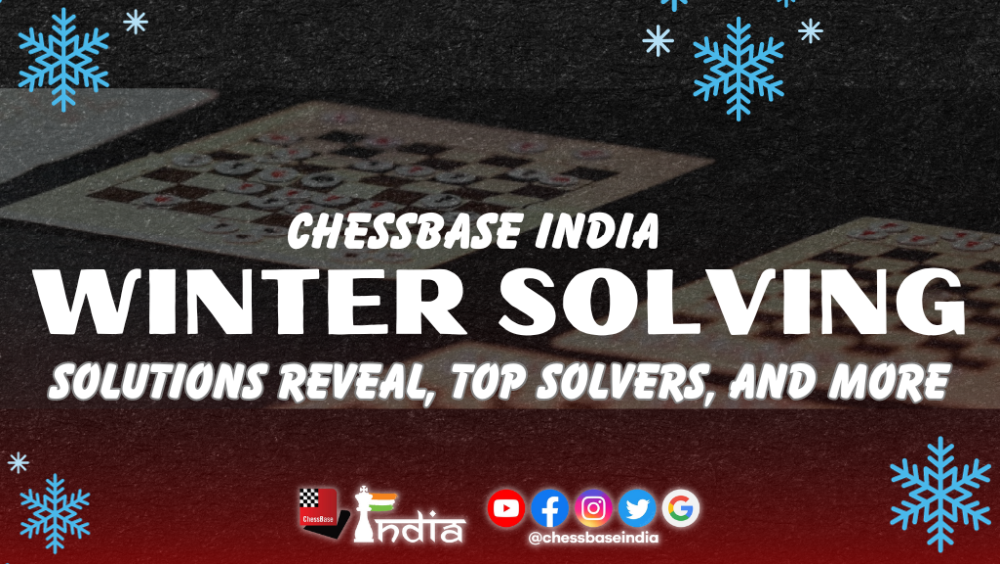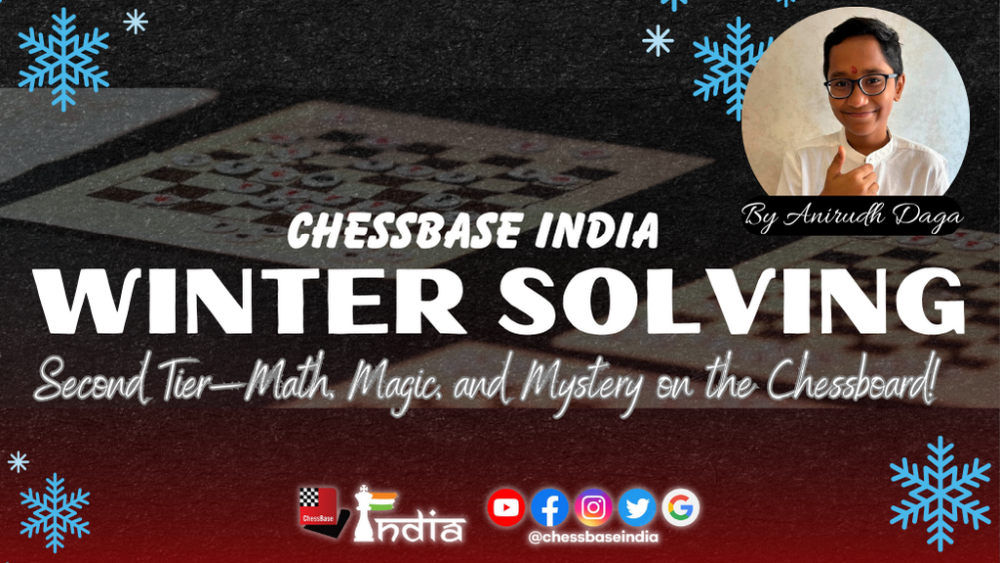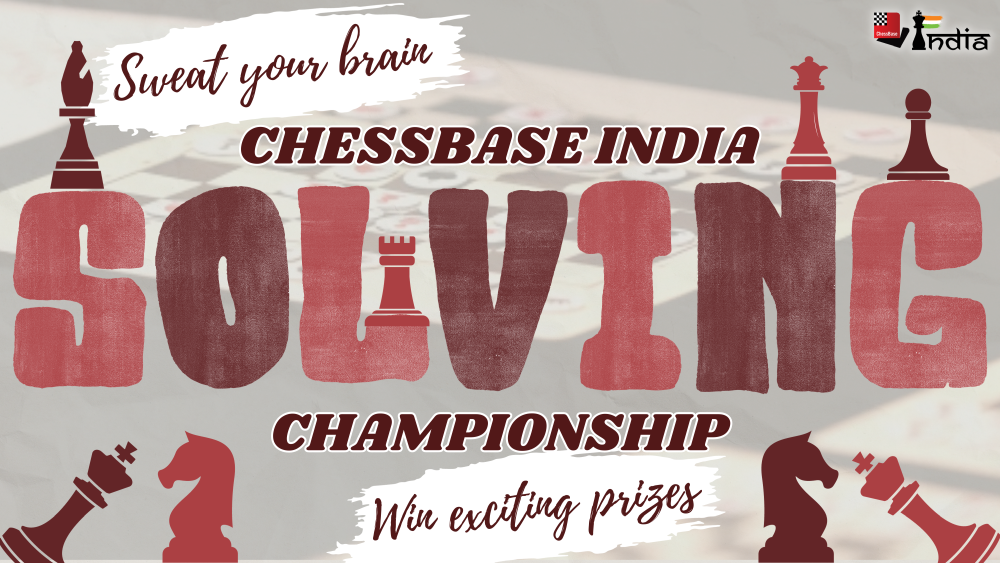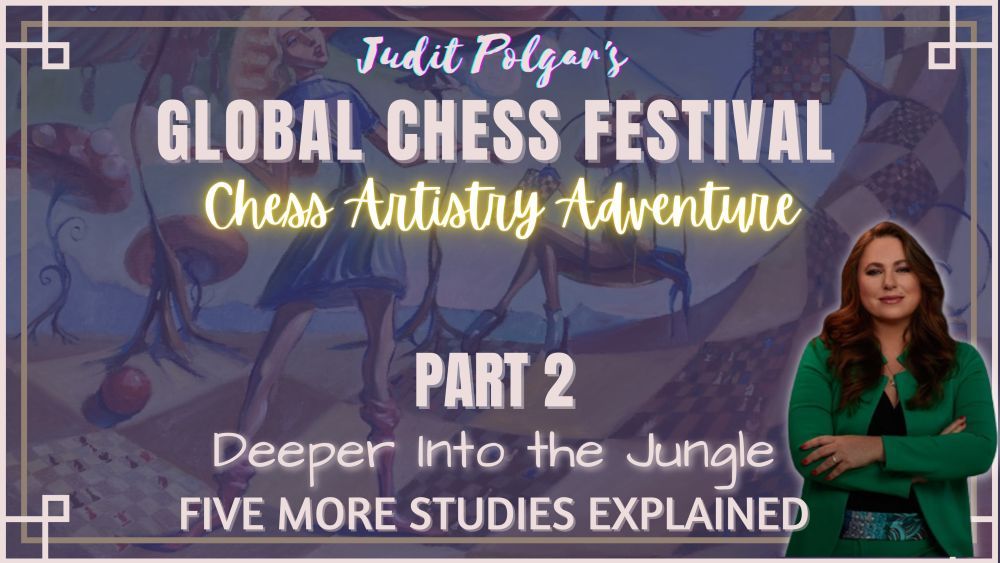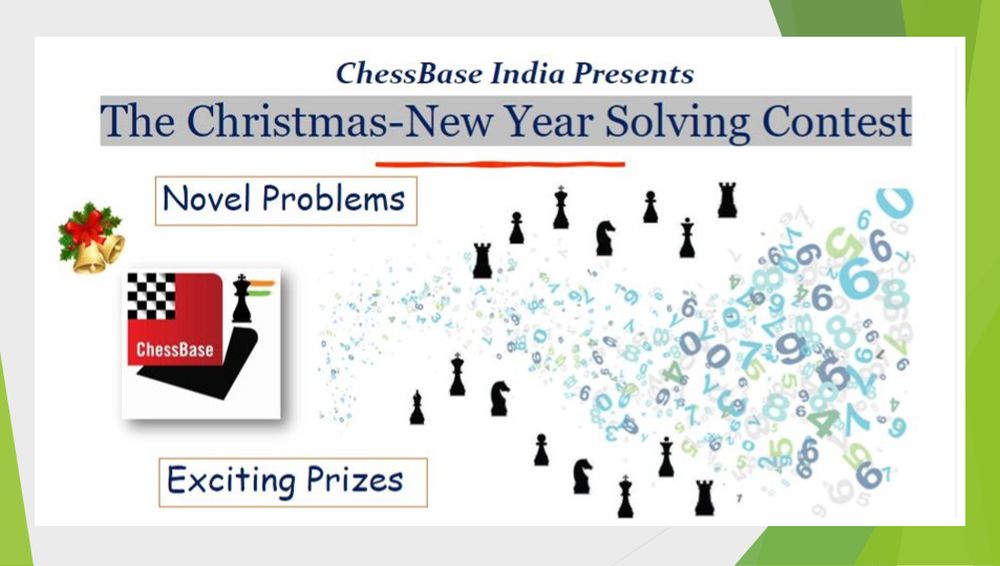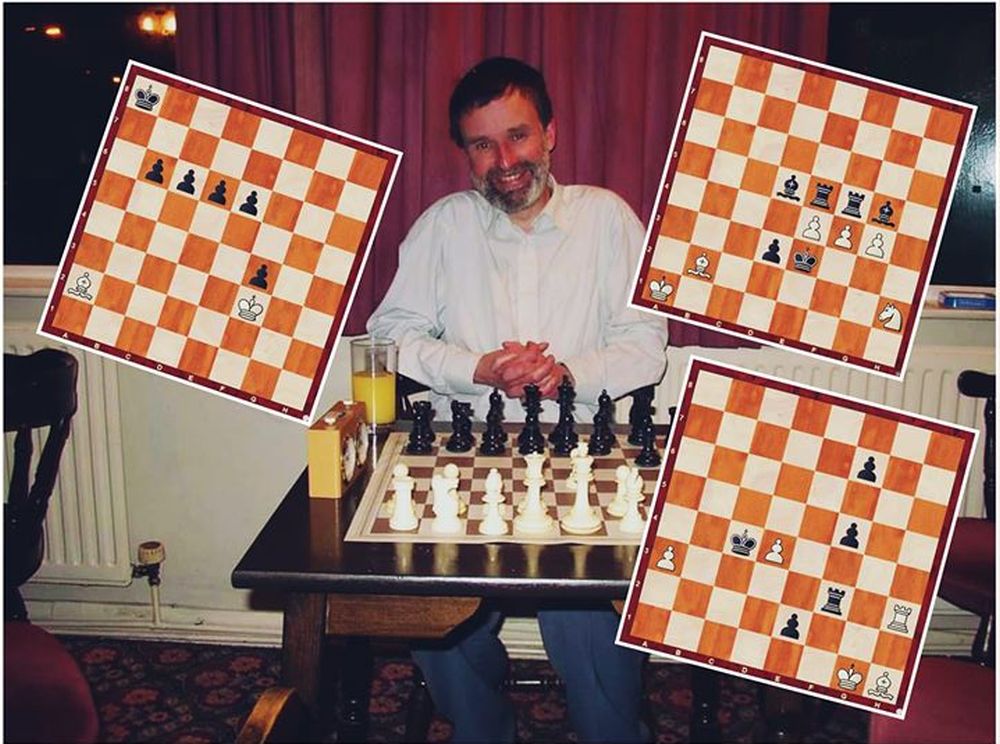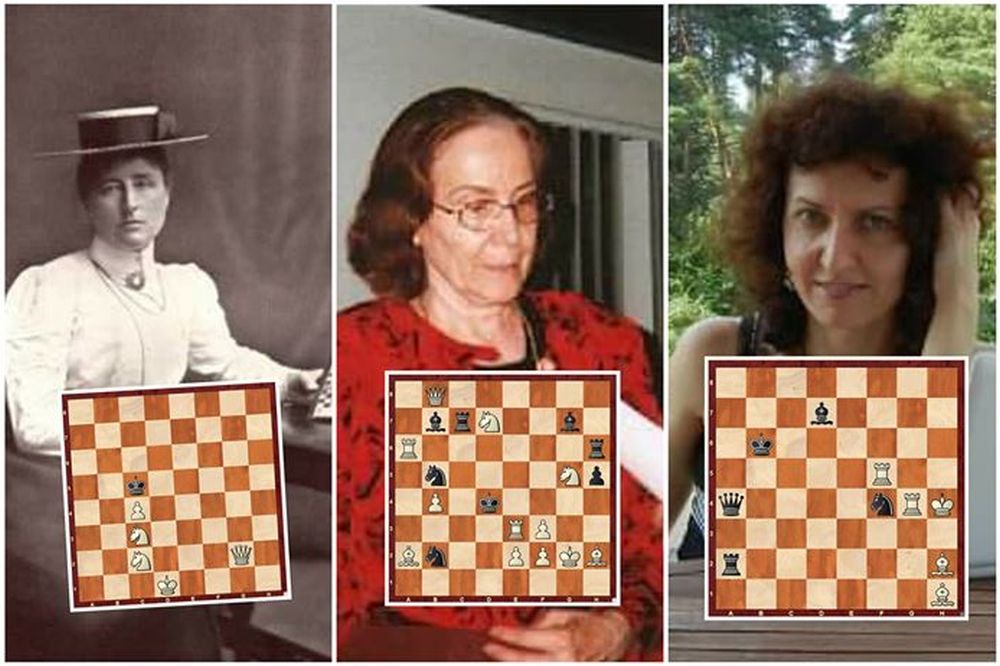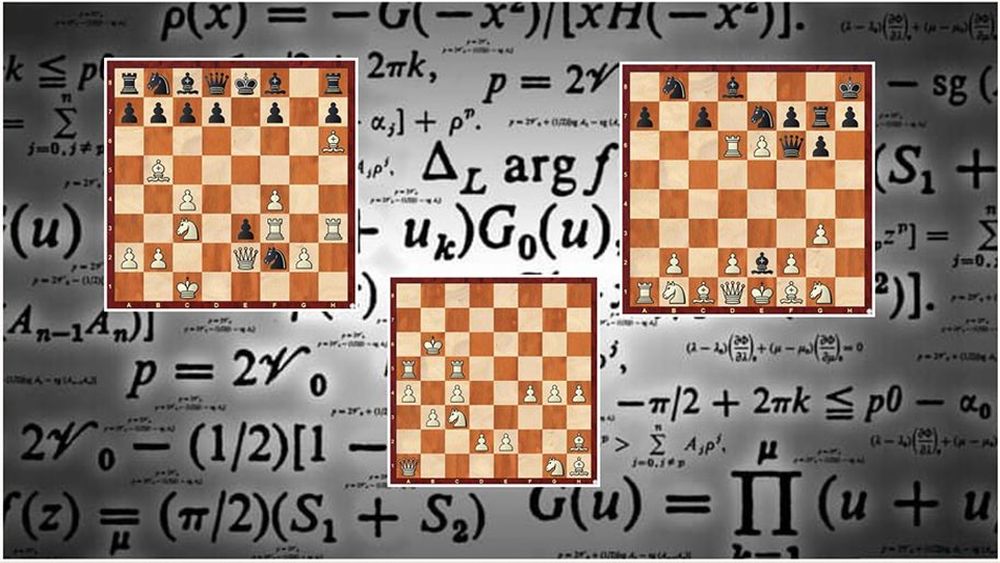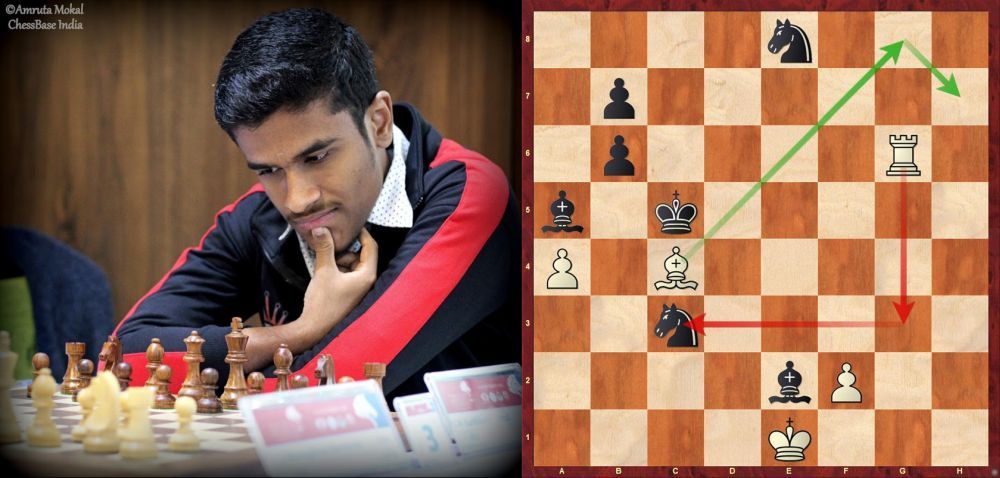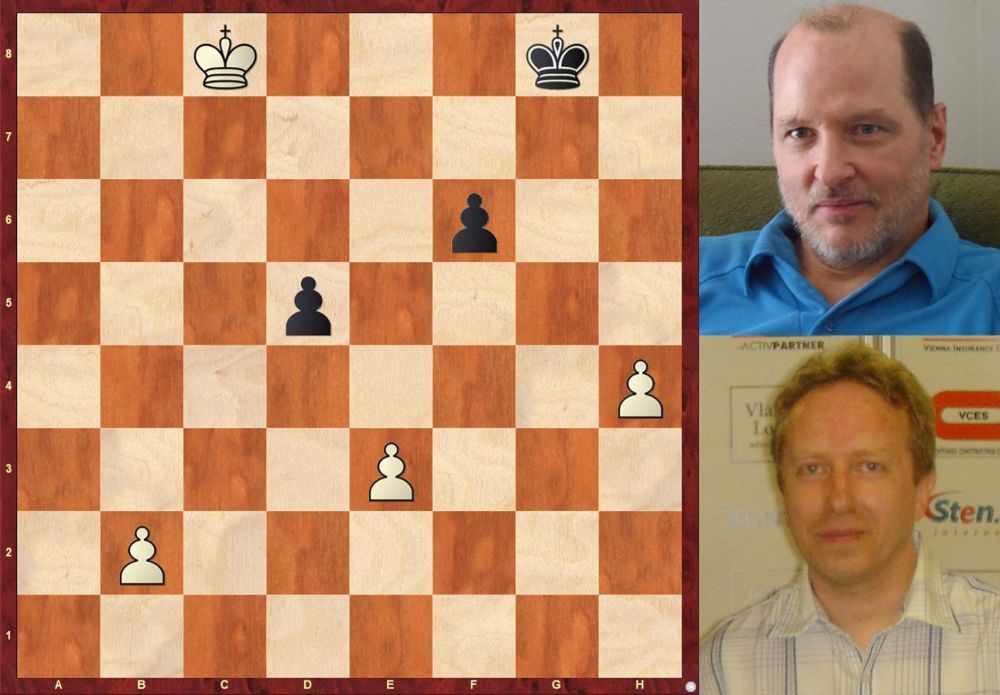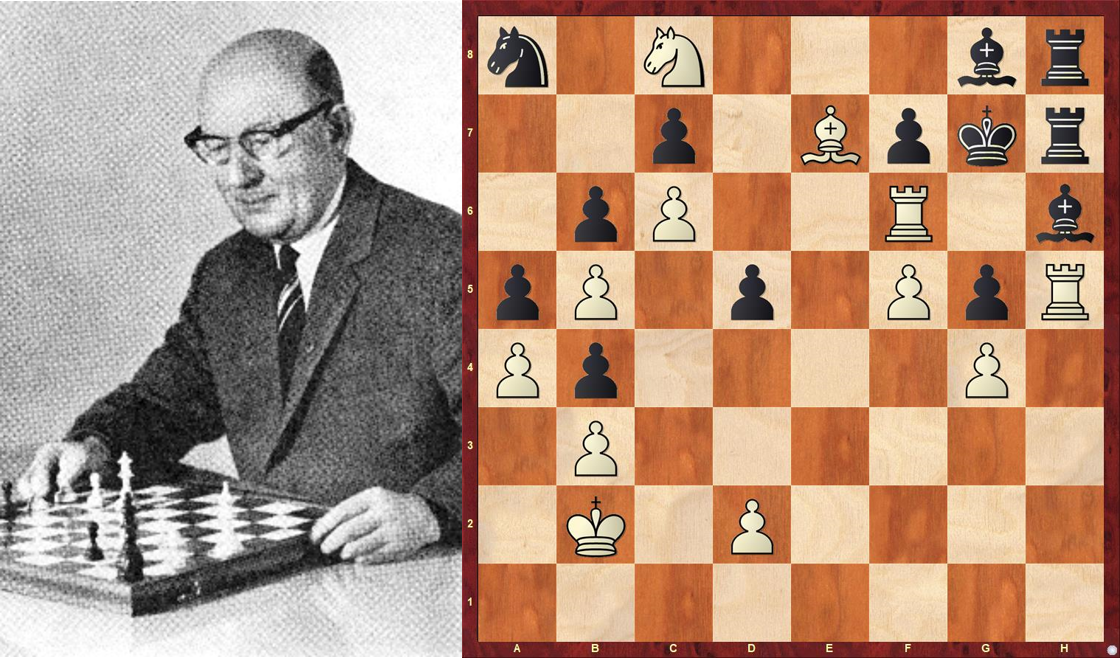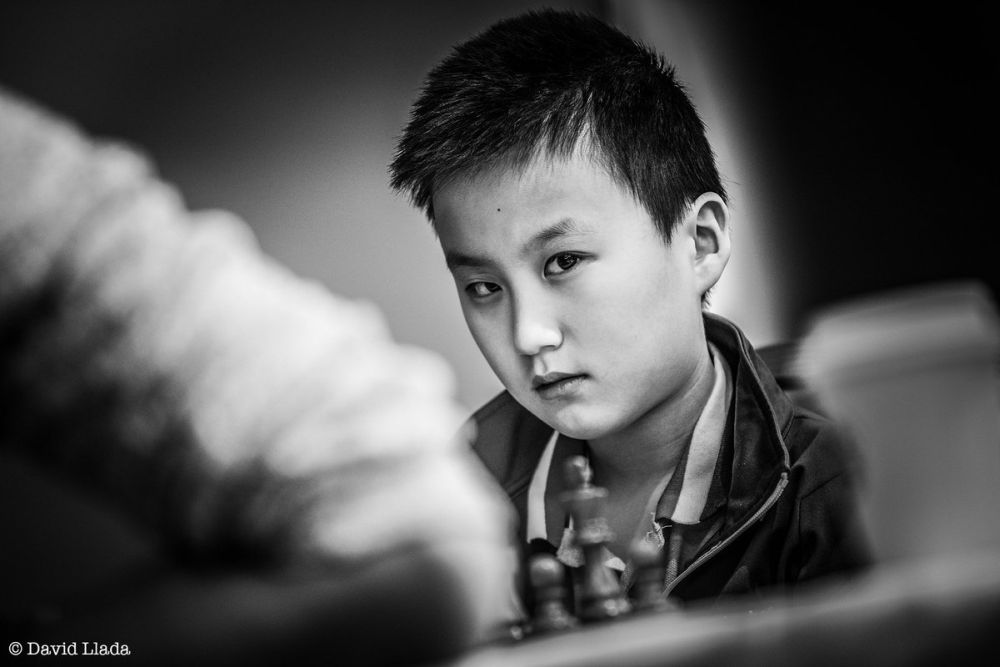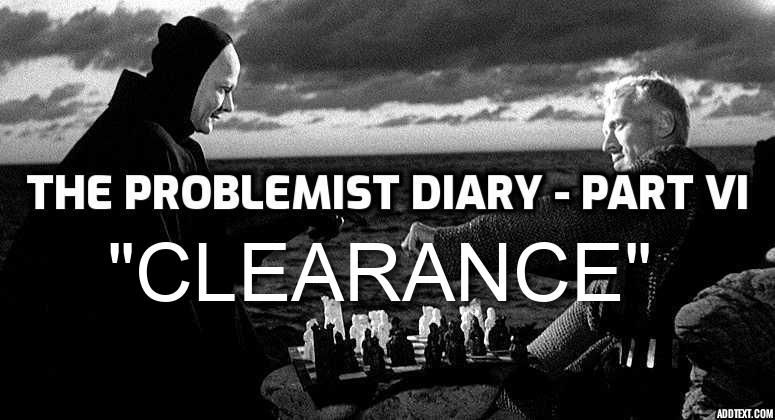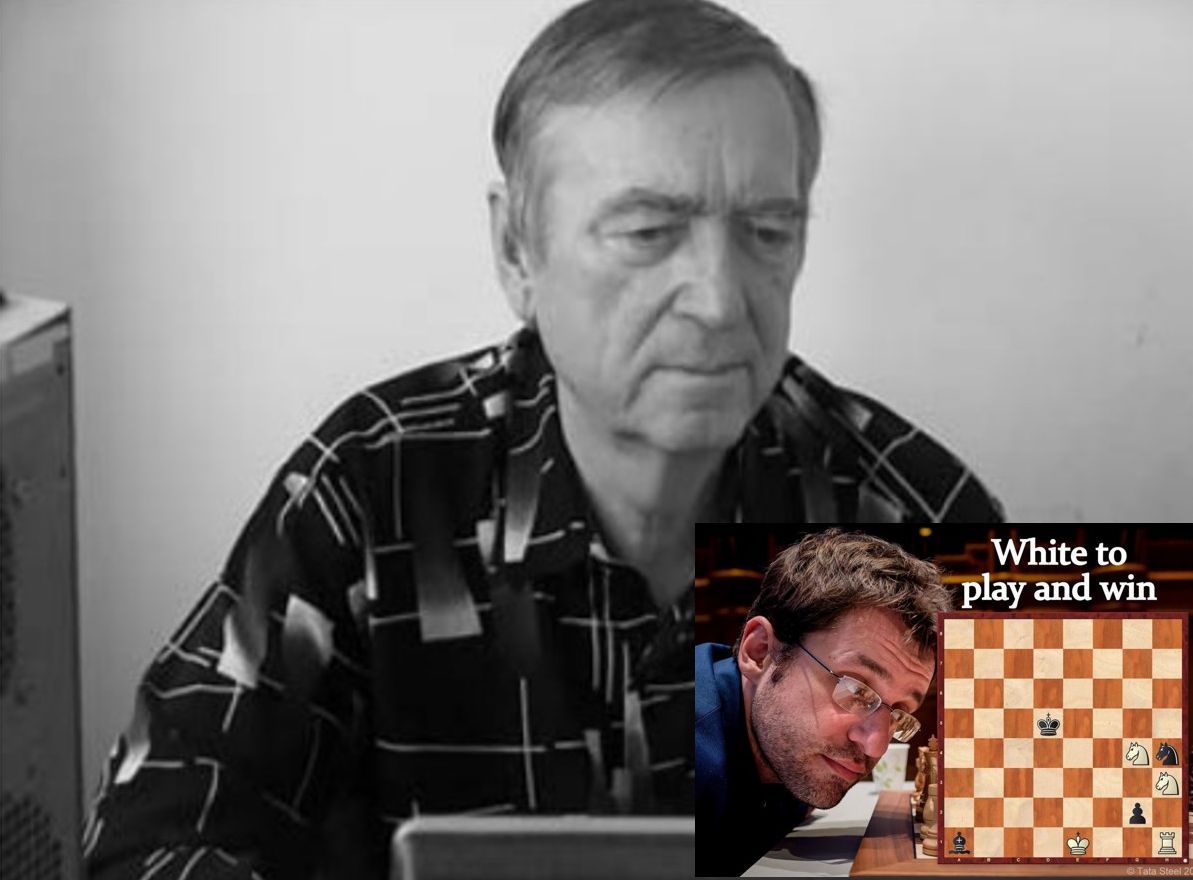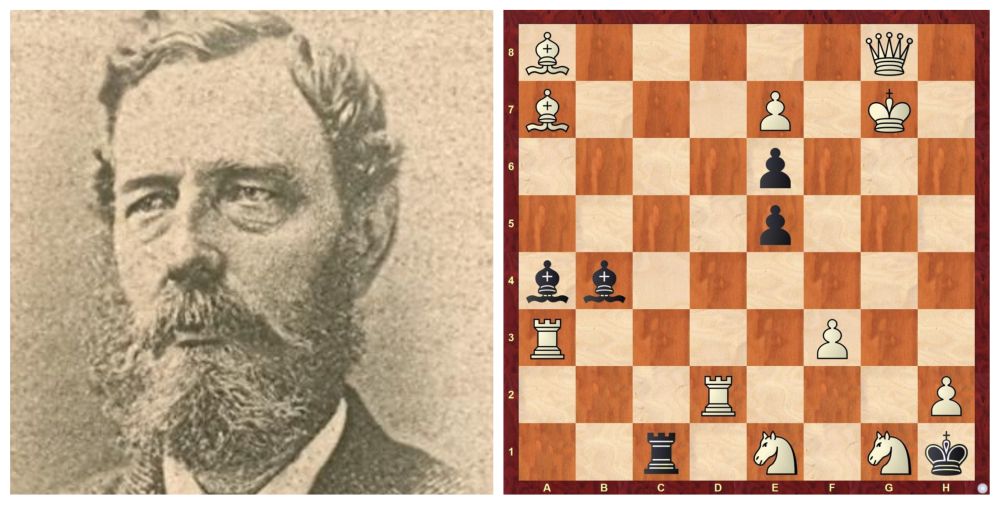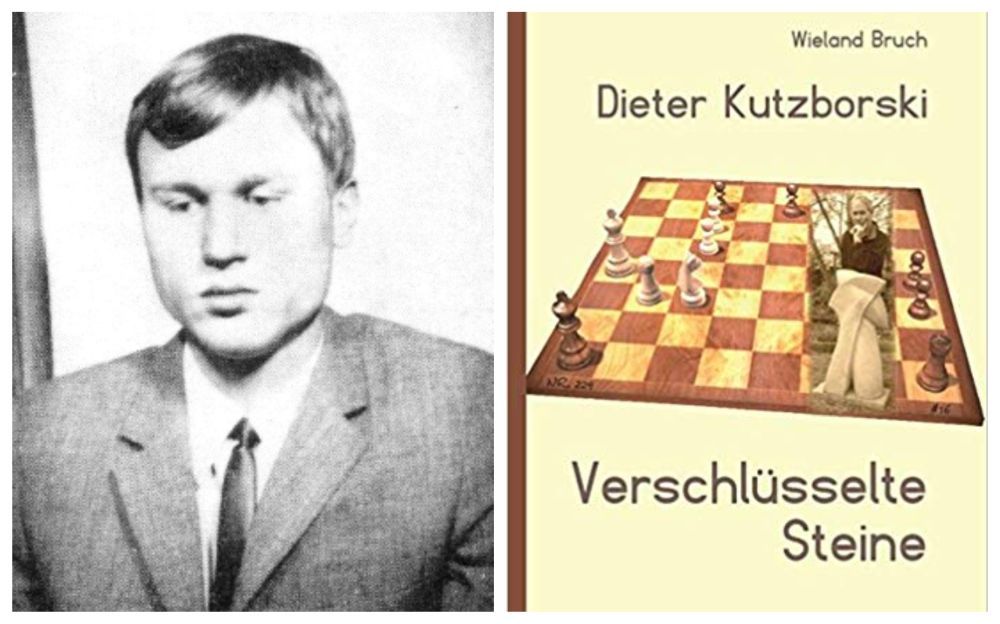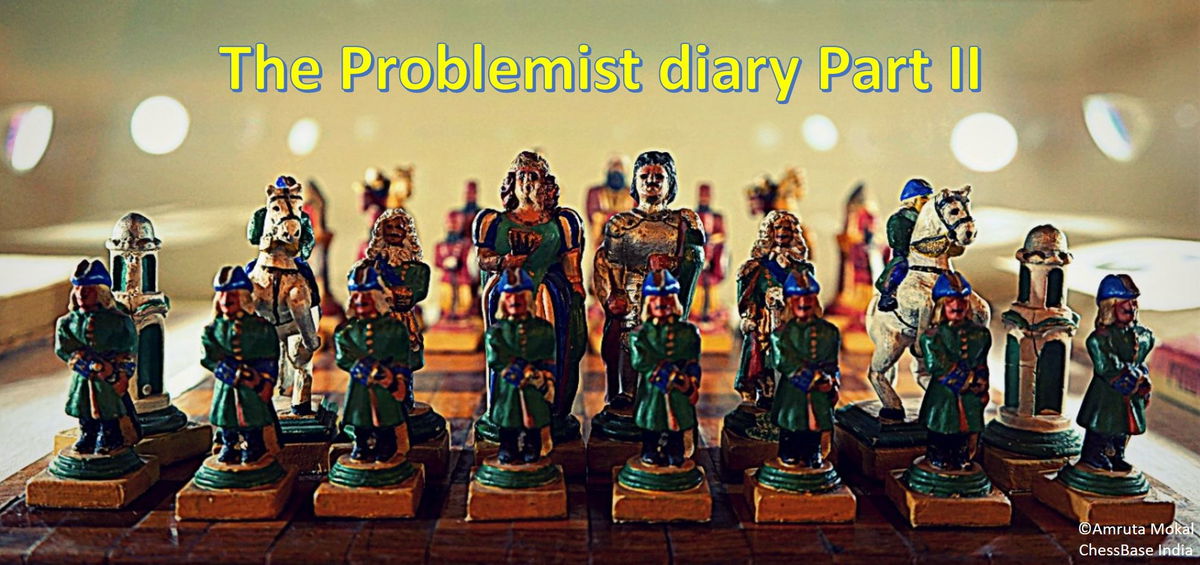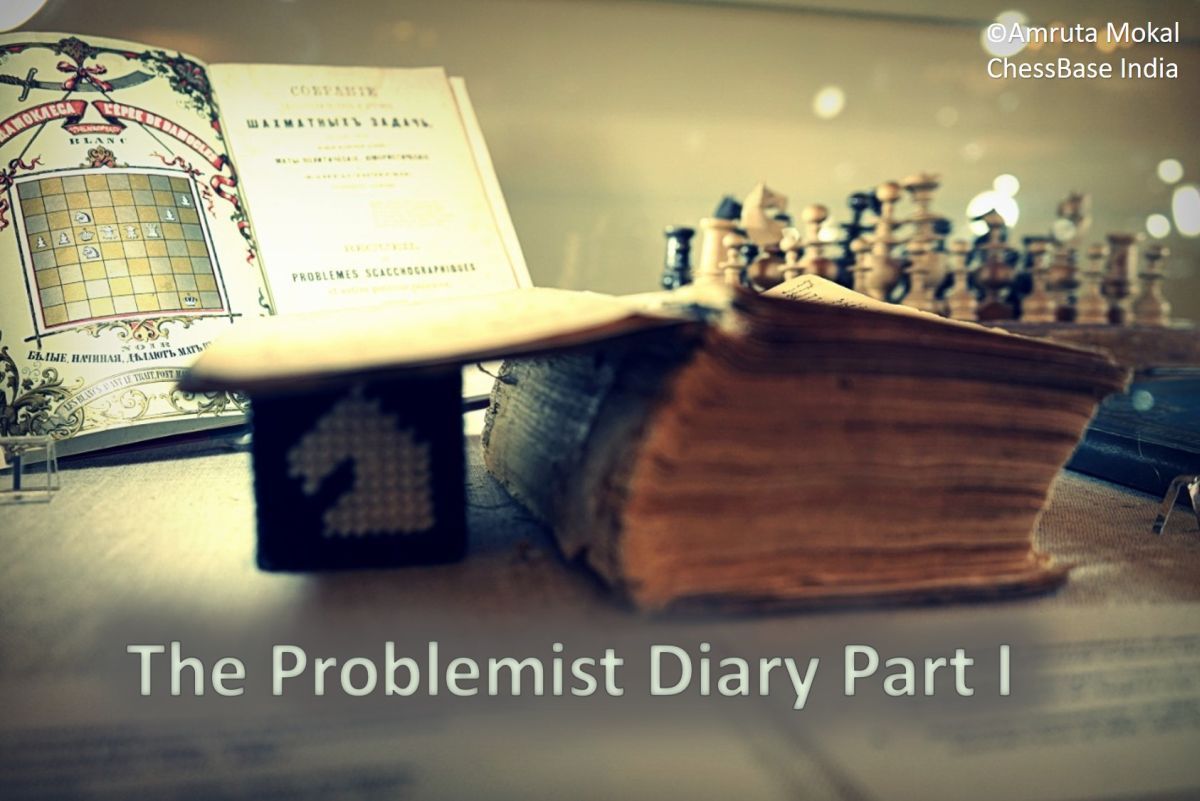PARALYSED...The Art of Madrasi Chess with IM Narayan Shankar Ram!
What happens when pieces of the same type but opposite colour attack each other? In standard chess, nothing out of the ordinary occurs, besides it sometimes heightening the tension on the board or lending a dash of visual drama. There's, however, a fascinating variant of chess where such a confrontation leaves both pieces paralysed — that is, unable to move, capture, or even check! The delightful peculiarities spawned by invoking this condition were first explored by the Indian problemist Abdul Jabbar Karwatkar in 1979. Karwatkar lived in southern India, in Vaniyambadi near Chennai, formerly known as Madras. Hence, the variant came to be known as Madrasi Chess. While it's possible to play entire games of Madrasi chess, its primary appeal lies in the uncanny possibilities it offers problem composers. In this article, we delve into some of these possibilities through the creations of India's first International Master of Chess Composition, Narayan Shankar Ram.
Fairy Waters: A First Splash!
The Madrasi is a popular Fairy Chess condition. But what exactly is Fairy Chess, you ask? Fairy Chess, or simply the Fairies, refers to that area of chess composition which extends the boundaries of traditional chess, unleashing new possibilities through altered rules, innovative stipulations, and even imaginative pieces and boards! Fairies are a universe in themselves. Boundless by very definition, they present an inexhaustible wellspring of intriguing challenges for aficionados of abstract problems. And given its sheer infinitude, the Madrasi is as good a place to start as any. So, let's begin by formally defining this condition:
If a piece (excluding king) is attacked by the same type of piece of opposite colour, it becomes paralysed. A paralysed unit loses all its powers — cannot move, capture, or check — but can still paralyse another like unit. The paralysis remains until either of the two paralysed units is captured or another unit interposes between them.
Enough talk! now let's have a look at a concrete example — a rather simple one to start with.
Problem 01
Narayan Shankar Ram, feenschach, 1983
_VXEF2_708x708.png)
If this were standard chess, queening the d-pawn would result in immediate mate. However, with the Madrasi condition, 1.d8=Q fails, as Black too will queen their pawn and paralyse White's queen on the next move. Example: 1.d8=Q c1=Q 2.Kf7+ Qd2, 1.d8=Q c1=Q 2.Qd4+ Qc3, etc. Similarly, 1.d8=R c1=R 2.Kf7+ Rd1/Rc8 and 1.d8=B c1=B 2.Bf6+ Bg5/Bb2 also don't work. Hence, one of the solutions is 1.d8=S followed by 2.Sf7#, with no possibility of paralysis for the knight. The other solution begins with 1.Kf7!, intending 2.d8=Q/R#. Here, we have two variations, separating the promotions on d8: 1...c1=Q 2.d8=R# (2.d8=Q+ doesn't mate, as Black can paralyse the queen!) and 1...c1=R 2.d8=Q# (yet again, 2.d8=R+ runs into 2...Rc8/Rd1).
Through this simple exercise, you should now have a practical grasp of Madrasi chess. We will delve into more serious challenges, all composed by IM Shankar Ram. But first, a brief introduction to his background is in order.
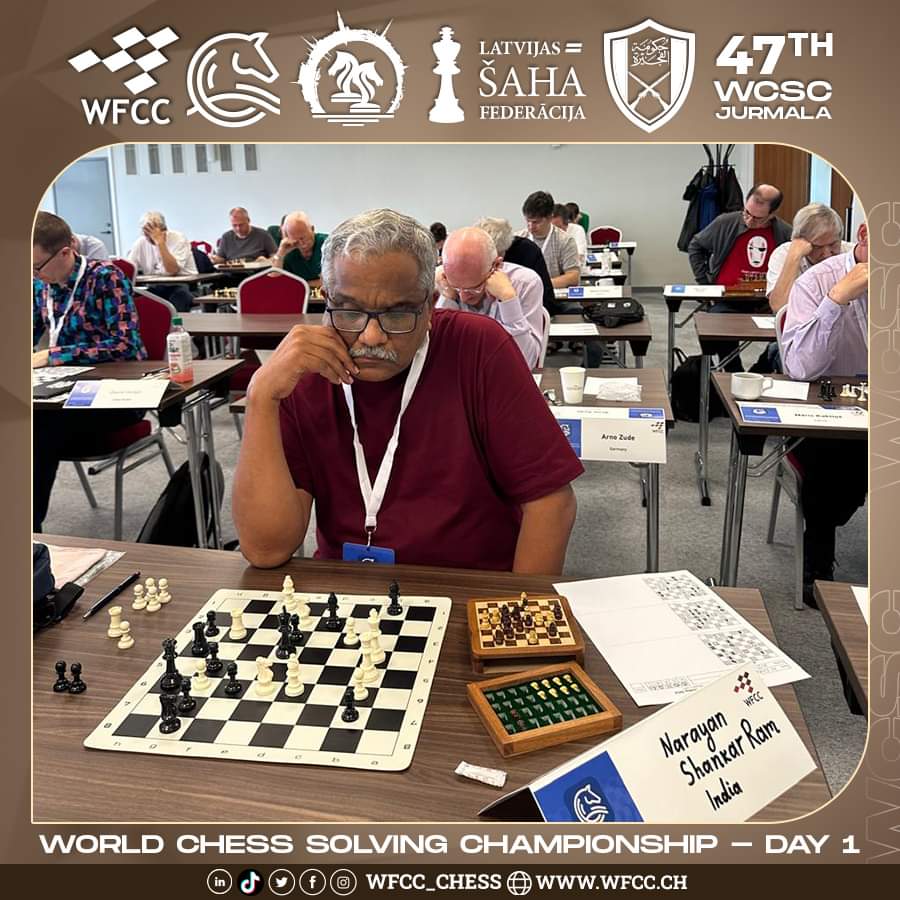
Narayan Shankar Ram, 63, stands as a preeminent figure in fairy chess, with a distinguished career spanning decades. Notably, he earned the title of International Master of Chess Composition in 1992, becoming the first from India to achieve this distinction at the remarkable age of 31. By profession, Shankar Ram is a Mechanical Engineer and has worked in the fields of manufacturing, I.T, and automation. He is married with one son and, apart from problem composing, is keen about mathematics, computers, and software. Photo/Graphic Credit: World Federation for Chess Composition (WFCC). Pictured is Shankar Ram in action at the 2024 World Chess Solving Championship (WCSC) held in Jurmala, Latvia.
Moving on to the next problem, here's something more involved showing promotion play and achieving a version of what is perhaps the most famous task in chess composition: The Babson.
Problem 02
Narayan Shankar Ram, Die Schwalbe, 1985
_JPP6P_708x708.png)
The above diagram highlights a characteristic quirk of Madrasi chess. Although the black king appears to be under check, it's actually not, due to the mutually paralysing effect of the bishops on b7 and c8. However, if the c8 bishop could be captured, releasing wBb7 from paralysis, the bK would be mated. This should give you a clue to the solution.
The key is 1.d7, threatening mate with 2.dxc8=Q/R/B/S. Black may defend by moving their queen, but then wSg8 mates. Example: 1...Qb6 2.Se7#, 1...Qf6 2.Nxf6#, etc. The thematic continuations follow the promotion of the c2 pawn, and each promotion of this pawn necessitates White promoting uniquely on c8:
1...c1=Q 2.dxc8=Q# — Any other promotion on c8 allows the c1 queen to interpose on c6.
1...c1=R 2.dxc8=B# — The black rook on c1 paralyses the white rook on e1, providing the flight square e6 to the black king. Hence, White must promote to a bishop on c8 to defend e6.
1...c1=B 2.dxc8=S# — The black bishop on c1 paralyses the white bishop on f4, providing the flight square d6 to the black king. Hence, White must promote to a knight on c8 to defend d6.
And finally, 1...c1=S 2.dxc8=R# — The c1 knight paralyses wNb3, providing c5 as an escape for the bK. Hence, White promotes to a rook on c8 to defend c5.
The pair of promotions in the last three variations form the cycle RB - BS - SR, a hallmark of Shankar Ram's compositions, which often feature cyclical move patterns. The next two-mover also accomplishes a well-known task.
Problem 03
Narayan Shankar Ram, Schach-Echo 1986, 2nd Prize
_Z8KRS_708x708.png)
Suffice it to say, the black king is not under any check. The three white pieces attacking it are paralysed, and owing to that, the black monarch, in fact, has what is known as a star-flight. It can escape to c2, c4, a2, and a4, all being undefended!
They key move 1.h8=Q sets up a zugzwang. Interestingly, now White has a mate for each of the bK's four escapes:
1...Kc2 is met with 2.Kxe6#. Capturing the e6 knight frees the d4 knight from paralysis and delivers mate.
1...Kxc4 is answered by 2.Kd7#. Interposing the e8-b5 line releases the white queen from paralysis, thus delivering mate. Of course, 2.Kd7 is legal because h8 queen is still there to paralyse Qe8.
1...Ka2 walks into 2.Kxd5#. Removing Bd5 unfreezes the c4 bishop, mating the bK.
And finally, 1...Kxa4 is met with 2. Kc6#. Once again, the king interposes the e8-b5 diagonal to unparalyse the b5 queen, delivering mate.
Did you notice the movement of the kings? The black king describes a star (×), and the white king, in tandem, a cross (+). Visual poetry!
The problem also has an interesting try: 1.h8=R. This almost works with the following variations:
1...Kxc4 2.Rxe8#
1...Kc2 2.Kxe6#
1...Ka2 2.Kxd5#
But 1...Kxa4! refutes!
2.Rxe8+ doesn't mate as the black king can capture the queen on b5, which is undefended as a result of Bc4 being paralysed.
Problem 04
Narayan Shankar Ram, feenschach, 1983
_06E78_708x708.png)
We now take a brief sojourn into the realm of help-play. For the uninitiated, it bears repeating what a helpmate is. In a helpmate, Black usually makes the first move and then assists White to get checkmated. In other words, the two sides work together to mate the black king. The above is a helpmate in 2 with two solutions. Amusingly, this doesn't have any solution in standard chess. But the Madrasi condition allows some weird manoeuvres. One solution goes 1.Qf2+ Qg2 2.Kh2 Kxf2#. Notice how the paralysis helps the kings to be in proximity of the queens! The other solution is 1.Qf3 Ke3 2.Kh3 Kxf3#. Oddly gratifying, isn't it? The next example ups the ante.
Problem 05
Narayan Shankar Ram, Problemesis 2002, 1st Hon. Mention
_N6WS7_708x708.png)
Observe how White's rook and bishop combine to create a double-check effect unlike anything you can experience in orthodox problems. The solution to the diagram is 1.Qf5 Bg6+ 2.Qd7 Bc7 3.Rf8 Rxe4# Model mate. The queen unparalyses the white light-squared bishop by interposing on f5 and then switches back to its initial square, re-establishing paralysis and neutralising the check. This clever manoeuvre liberates the rooks. For part b), we move the bK to e6 and solve again: 1.Qg7 Rg6+ 2.Qd7 Bd6 3.Bf5 Bxg8# Model mate. In this second solution, we see the same idea repeated. The queen performs the switchback on d7-g7 to free the light-squared bishops, exemplifying the popular theme framework known as the Orthogonal Diagonal Transformation (ODT). The strategic effect that appears on diagonal lines in one phase repeats in the other but on orthogonal lines. Additionally, the problem also exhibits a Grimshaw Interference on g6.
In Madrasi chess, the paralysis rule typically doesn't apply to kings, meaning that, as in orthodox chess, the two kings cannot move to adjacent squares. However, when it is extended to kings, the variant is called Madrasi Rex Inclusive or, in short, Madrasi RI. We wrap up this discussion with Shankar Ram's masterpiece: a captivating more-mover in Madrasi Rex Inclusive.
Problem 06
Narayan Shankar Ram, 4th WCCT G2 1989-1992, 1st Place
_V0S71_708x708.png)
Experienced eyes will quickly spot the following checks in the position: 1.Re5+, 1.Sf4+, and 1.Sf6+. They fail to 1...Qxe5, 1...Bxf4, and 1...Rxf6, respectively. Therefore, to overcome this, White has to execute a foreplan to seal off any one of three crucial lines: a1-e5, h2-f4, or f8-f6.
The key move is 1.Re1!, threatening 2.Rxa1 b2 3.Rb1 and 4.Qd4#. Black can counter this idea with three possible defenses: 1...b2, 1...g4, and 1...Bf7. However, each of these moves achieves our desired outcome: closing one of the critical lines mentioned earlier. Here are the variations:
1...b2 2.Re5+! (A) Bxe5 3.Sf4+ (B) Rxf4 4.Sf6# (C)
1...g3 2.Sf4+! (B) Rxf4 3.Sf6+ (C) Qxf6 4.Re5# (A)
1...Bf7 2.Sf6+! (C) Qxf6 3.Re5+ (A) Bxe5 4.Sf4# (B)
And needless to say, if Black pushes 1...a2-a3, then 2.Rxa1 b2 3.Qxb2 Bg6 4.Qd4 mates.
Typical of Shankar Ram's style, this problem features cyclicity. White's 2nd, 3rd, and 4th moves in the variations above reveal a cyclic pattern: ABC - BCA - CAB. Brilliant!
This problem emerged victorious in the Fairies section of the 4th World Chess Composition Tournament (WCCT). Shankar Ram's success was a repeat performance, having also won the Fairies section at the 3rd WCCT.
A Community for Problem Lovers!
"Problems are the poetry of chess. They demand from the composer the same virtues that characterise all worthwhile art: originality, invention, harmony, conciseness, complexity, and splendid insincerity." - Vladimir Nabokov
Interested in composed chess problems and studies? We have a WhatsApp group with 400+ members. You're welcome to join if solving challenging puzzles and/or appreciating deep chess aesthetics is your cup of tea!
Expertly curated chess community: Admin-approved posts only. Daily exclusive content on chess composition and updates on solving competitions.
